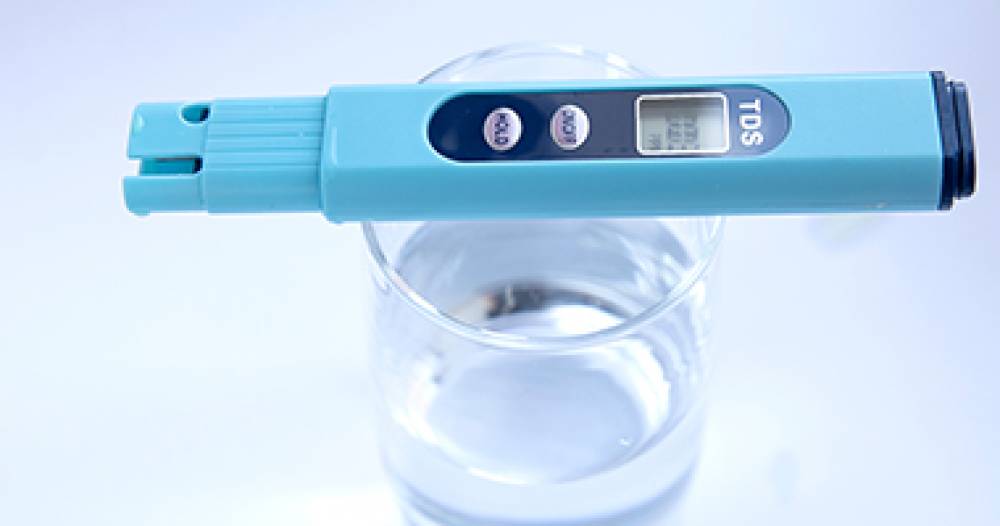What is TDS(Total Dissolved Solids)?
TDS stands for Total Dissolved Solids. It’s a measure of how much of a substance is dissolved in a given volume of liquid. In other words, it’s a way of quantifying the amount of a specific substance dissolved in a liquid. Dissolved solids are solid particles suspended in a liquid. They can be natural, such as minerals and rocks, or they can be man-made, such as when mineral leaching, or the process of extracting minerals from the earth. In the world of drinking water, TDS is most often used when talking about mineral content or hardness. You’ll hear it discussed when discussing the quality of a water source.
What is total dissolved solids?
Total dissolved solids (TDS) is a measure which represents the amount of minerals, metals and salts that are in water, expressed as milligrams per litre. It’s directly associated with the quality and purity of water – particularly when it comes to purification systems.
The levels can come in various forms: molecular ions; micro-granular colloids or granules; suspended particles. The total dissolved solids affect all that lives in drinking water and equipment used for industrial purposes like valves or pipes. To ensure quality standards we need to measure TDS levels so they’re within an acceptable range.
Must Read: Everything About Rainwater Harvesting And Why You Should Do It Too
What is a High TDS Water?
A high TDS water is a water with more than 750mg/L dissolved solids. High TDS water can lead to health problems, such as tooth decay if you drink it regularly.
What is a Low TDS Water?
A low TDS water is typically defined as having less than 500 parts per million. For most residential purposes, anything below 1,000 parts per million is considered safe for drinking.
Read more: #HPV Search Kiya Kya?
How can you test the TDS in your water?
The easiest way to test the TDS of your water is with a TDS meter. These meters allow you to measure the amount of dissolved solids in any given volume of liquid. However, they’re not cheap and can be difficult to find. You can also use a Water Quality Test Kit which will provide you with a visual representation of the dissolved solids. The higher the number, the more minerals there are in your water. If you drink water with a TDS level that’s too high for your liking, it could lead to health problems like stomach upset, diarrhea, kidney stones, and other issues.
How Does TDS Affect Drinking Water Quality?
The higher the TDS, the more minerals are present in your water. And while some minerals like magnesium, calcium, and iron are necessary for good health, drinking excessive amounts can lead to health risks like gastrointestinal issues. How can you check your TDS? You can check your water quality by using an electronic device called a TDS meter. These meters are widely available at hardware stores and online. They measure the amount of dissolved solids in a liquid and tell you what percentage is considered safe for consumption. To use it, you simply fill a glass with water and put the meter inside to get a reading of its TDS level. For example, if your reading says that there are 300 mg/L of dissolved solids in that glass of water—or 10%—then you know that’s within the safe range. You’ll notice on packages of bottled or filtered water whether or not they have added minerals to balance out their TDS level.
How Much TDS in Water Is Good for Health?
The most suitable and acceptable TDS level is between 50-150. If the PPM is about 1000, it will be unsafe for human consumption.
Conclusion
Healthy drinking water is important to everyone. Luckily, there are ways to find out if your water is safe to drink. One way to test your water is by measuring the total dissolved solids (TDS) in the water. If the TDS is too high, it could be a sign of unsafe water, and if the TDS is too low, it can mean there is not enough minerals in the water to support a healthy diet.
Must Read: Do Not Fall For These Rumours About Packaged Water
Featured Image – Bisleri.com





